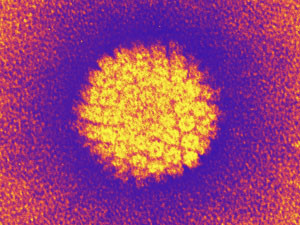This is the free Fact Sheet about Preventig Erectile Dysfunction. What You Should Know.
It’s available for you to download now.
Medicine as it must be, unlimited
This is the free Fact Sheet about Preventig Erectile Dysfunction. What You Should Know.
It’s available for you to download now.

Common myths & facts about HPV infection
Be sure to look for a medical opinion if you think you may have an HPV infection.

The Best U.S. Hospitals for 2009
Top Hospitals by Specialty in the U.S.
REFERENCES:
image under Creative Commons license
A baby who weighed 6.4 kilograms (14.10 lb) and measured more than 55 centimeters (1.8 ft), was born in Cancún.
His parents call him “Super Toño”. Antonio Vasconcelos -the baby- gained 200 grams in the first three days.
The mother of Antonio, Teresa Alejandra Cruz, of 23 years, is probably diabetic, because seven years ago this woman gave birth to a baby that weighed 5,2 kilograms
According to The Guiness World Records Book the baby who weighed more is of 10.2 kilograms, born in Italy in 1955 and was son of Carmelina Fedele.
Here are the photos of Antonio: